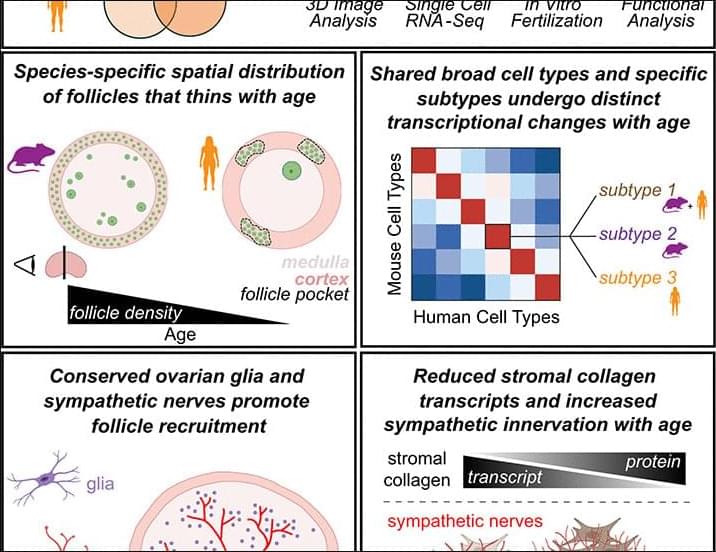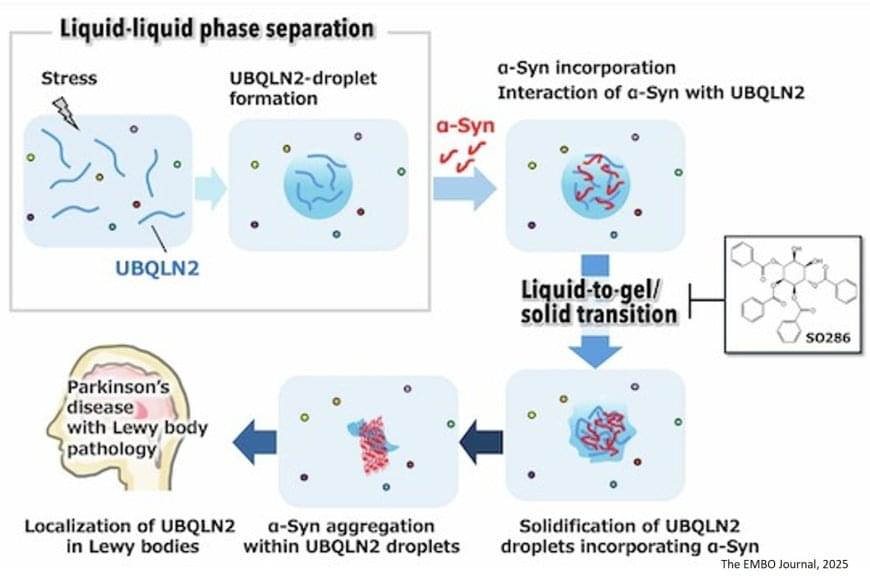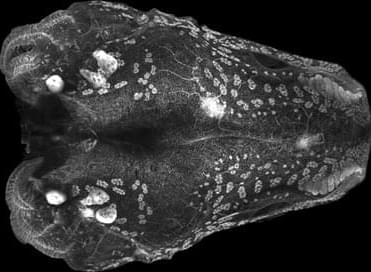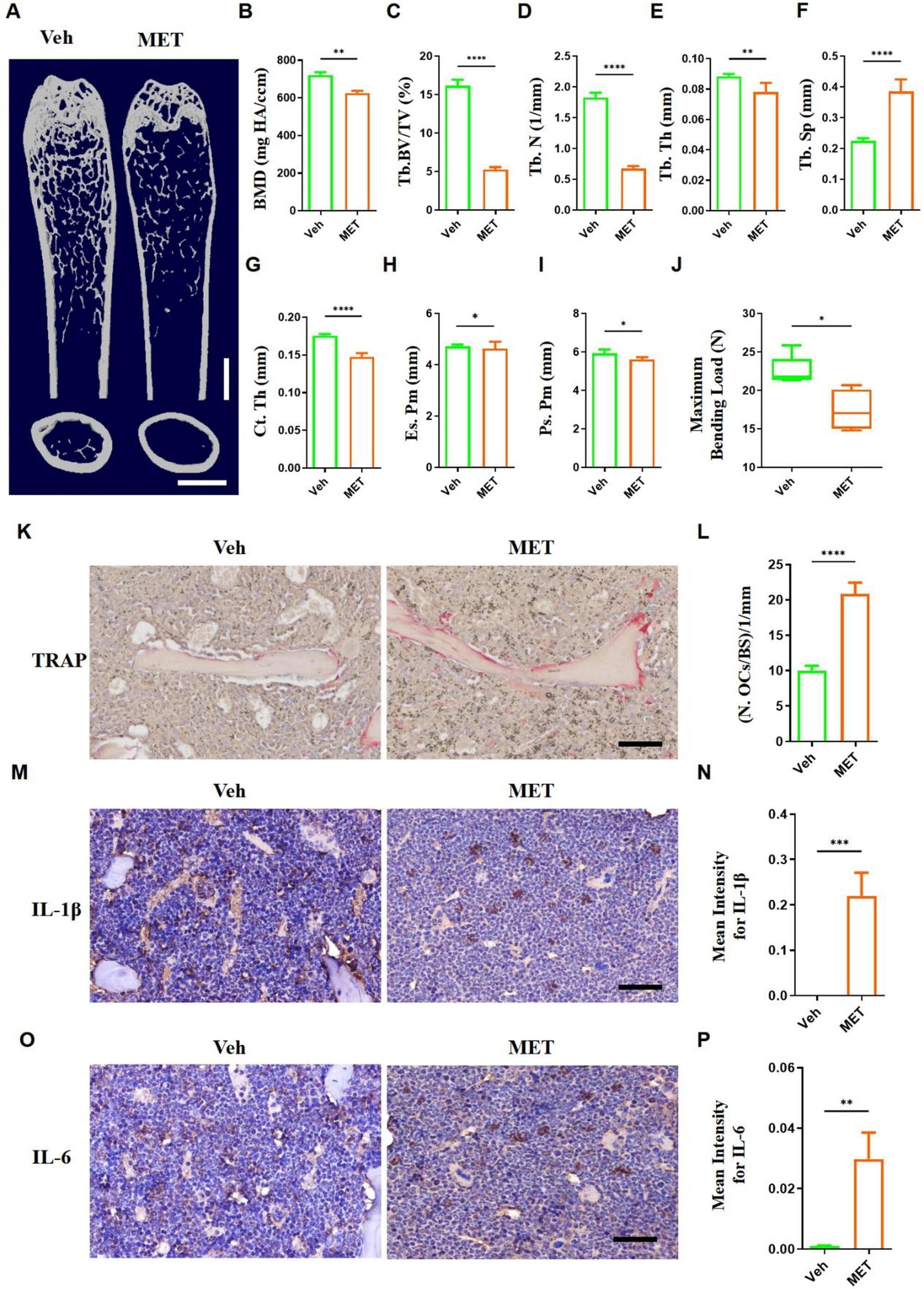Osteoporosis (OP), characterized by low bone mass and altered bone microstructure, affects over 200 million people globally, resulting in annual medical costs of approximately 17.9 billion dollars in USA and 37 billion euro per year in Europe [1]. Primary OP is primarily attributed to aging and postmenopausal estrogen deficiency [2]. However, more than half of patients diagnosed with osteoporosis are also associated with risk factors for secondary osteoporosis [3]. Pharmacological interventions are a significant contributor to bone loss, particularly as such treatments are often unavoidable in many clinical scenarios. Antibiotics, among the most prescribed medications worldwide, have long been used as a potent defense against infectious agents. However, their use has steadily increased to a level that raises significant concerns [4]. In addition to fostering antibiotic resistance, which can lead to more challenging infections, prolonged antibiotic use has been implicated in the development of a variety of conditions, including asthma, allergies, obesity, and inflammatory bowel disease [5]. Previous studies have demonstrated the effects of antibiotics like penicillin and neomycin on gut microbiota and bone metabolism [6, 7], and others have reported that systemic use of multiple antibiotics increases pathogenic bacterial abundance and oral bone loss [8]. Nevertheless, the effects of different classes of antibiotics on bone metabolism and their underlying mechanisms remain poorly understood.
Notably, it has been increasingly recognized that broad-spectrum antibiotics exert a detrimental impact on the gut microbiota (GM), leading to reduced diversity, alterations in the metabolome, and disruption of gut defenses [9]. GM dysbiosis has emerged as a significant pathological mechanism in antibiotic-induced extraintestinal diseases. Recent studies have provided growing evidence that GM alterations can significantly influence bone metabolism, suggesting that the microbiota may represent a potential target for preventing bone loss [10]. Certain gut probiotics, such as Lactobacillus and Akkermansia muciniphila, have been shown to promote bone mass, while some pathogenic bacteria contribute to bone loss [11]. Consequently, it is essential to investigate whether and how GM dysbiosis mediates antibiotic-induced bone loss.
Metronidazole (MET), a widely used drug for the treatment of anaerobic infections, parasites, and certain bacterial infections, is one of the most commonly prescribed antibiotics in clinical practice [12]. MET is generally well tolerated, with reported side effects typically ranging from mild to moderate, including nausea, abdominal pain, and diarrhea [13]. Recent studies have highlighted the critical associations between MET use and gut dysbiosis. A systematic review summarizing 129 studies related to antibiotics and GM has showed that the longest duration of post-antibiotic alterations in GM was observed after treatment with MET plus clarithromycin [14]. Another study investigating the effects of different antibiotics on the human microbiome have identified that MET treatment is associated with consistent changes in GM [15].








